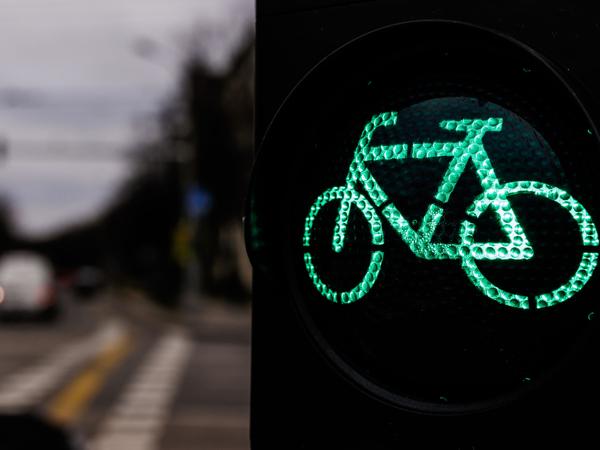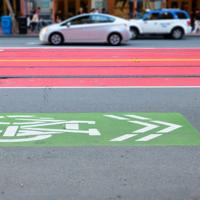Embarking on a night ride adds a unique allure to cycling. The world seems quieter, the roads less crowded, and there’s an undeniable charm to pedaling beneath the stars. Yet, ensuring safety is non-negotiable, and one of the key components of night-time biking safety is having reliable bike lights.
In this article, we’ll explore various bike light options that cater to different needs and preferences for night riding. Our aim is to guide you through the myriad of choices without making any absolute claims. Instead, we’ll highlight various options and features to consider.
Understanding Your Needs
Before diving into specific models, it’s helpful to consider what you need from a bike light. Are you navigating dimly lit city streets, or venturing into unlit trails? Do you need a light that primarily helps you see, or one that ensures you’re seen by others?
Understanding context is crucial as it helps narrow down your options and identify lights that balance brightness, battery life, and mounting options tailored to your rides.
Types of Bike Lights
1. Headlights
Purpose: To illuminate the path ahead and make you visible to oncoming traffic.
Headlights can range from compact units ideal for urban commuting to powerful beams designed for wilderness exploration.
Example: The NiteRider Lumina 1200 is often recommended for its balance of performance and price. Offering 1200 lumens, it provides a bright, wide beam and features several light modes to tailor the experience.
2. Taillights
Purpose: To make you visible to traffic approaching from behind.
A good taillight is indispensable, casting a bright, noticeable glow.
Example: The Garmin Varia RTL515 Rearview Radar with taillight not only warns you of vehicles approaching from behind but also adjusts the taillight intensity based on vehicular distance. This dual functionality enhances safety without being overly intrusive.
Factors to Consider
1. Brightness
Brightness, measured in lumens, indicates how much light a unit can produce. Many urban cyclists find lights in the range of 100-200 lumens effective for well-lit streets, while those venturing into suburban or unlit areas might prefer 500 lumens or more.
2. Battery Life
Battery life is another crucial consideration. Lights with longer battery life can be more versatile, but consider how you plan to use them and match this with recharge times.
3. Light Modes
Variable modes provide flexibility. Being able to switch between high, medium, and low or flashing modes can help conserve battery while ensuring you’re adequately illuminated or visible.
Additional Features
1. Weather Resistance
A weather-resistant unit can brave sudden downpours or morning dew.
2. Mount Compatibility
Ensure your light fits well with your bike’s handlebar or seat post. Adjustable mounts are often helpful.
3. Charging Options
USB-rechargeable lights are convenient, saving you the constant need to repurchase batteries.
Final Thoughts
Choosing the right bike lights for night riding isn’t a one-size-fits-all endeavor. Different cyclists will prioritize different features, be it brightness, battery life, or user-friendliness.
Whether you’re an urban commuter or a weekend explorer, there’s likely a bike light system that meets your unique needs. Personal experiences and trials can guide your choice, and user reviews are often a good source of honest feedback.
Taking time to equip your bicycle with the right lights can enhance both your cycling safety and enjoyment, illuminating the path and possibilities ahead.
If you’re interested in reading reviews or comparing a wide range of bike lights, several cycling forums and websites provide comprehensive user insights. Remember, the optimal lights are those that genuinely fit your cycling lifestyle and enhance your night-riding experience.




